- Call us: 01444 237070
- Contact Us
- Stores
- Sign In / Register
-
- Back
- Used Cameras
- Used Accessories
- Used Lenses
- Used Video
- Used Film Equipment
- Used Stock Alert
- Used Blank Test
- Sell or Part Exchange
- Used Clearance
- Recently Added Used Equipment
- Park Picks
- All Used Black Friday Deals
- Faulty
- Trade-In
- Blog
- New in
- Call us
- Contact us
- Stores
- Sign in
- Categories
- Tips & Inspiration
- Reviews
- News
- Events
- Features
- Buying Guides
- Competitions
Best Microphone for a Camera
Once you’ve invested in a great video camera, and have learned how to employ it to produce the highest quality videos and get your work seen, you need to turn your attention to the other side of the coin – audio. Not only is poor quality audio irritating to a viewer, but it is also the principal indicator of amateur productions possible. Therefore, if you want your video to have maximum impact, then you’ll have to give your videos what they deserve and get stuck in with a brilliant microphone.
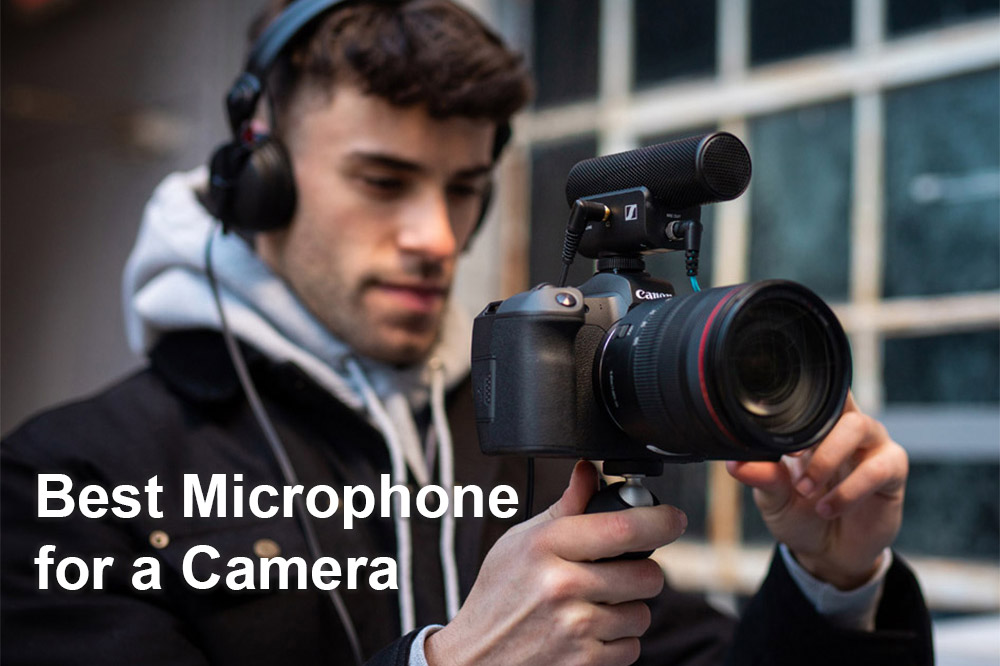
Luckily, as content creators, we find ourselves in a time of technological progress on an unprecedented scale. As professional audio equipment improves, there is so much more inventive technology available to us for even the smallest of homemade productions, from the likes of RODE, Sennheiser, Sony, and more. So, to find the best microphone for a camera today, look no further – this guide runs through the best of the best.
Why use a video microphone?
After purchasing a digital camera and getting started with a video setup, many beginners fall into the misconception that using their camera’s external microphone for video will do just fine. While they’re not terrible, they certainly aren’t great – the main deal breaker with these is that they’re designed to pick up all kinds of sounds. This is what creates that characteristic hiss that’s usually found on internal microphones. Another issue is the lack of direction they have – therefore, they don’t focus on a single sound source, making the focus of your video sound drowned out. If that’s not enough, they’re usually close to the lens, which means they often pick up the noise of your lens autofocus motor.
Therefore, it’s almost imperative that you use an external video microphone for all of your productions – but fear not, as this guide runs through all that’s available and perfectly tailored to the needs of a videographer.

What is a good first camera microphone?
As a beginner, the range of budget options to enhance your audio on the market should excite you! Nowadays, it’s super easy to build a brilliant setup that gets the job done for your productions, whilst working on a lower budget. You’ll need something simple to use and handle but puts your audio a step up on the quality of your internal mic.
One of the most effective compact options available is the Sennheiser MKE 200. Sennheiser is a name you ought to get familiar with – it’s a German audio manufacturer known for some of the best headphones, speakers, and camera microphones ever produced. This model in particular is the dream plug-and-play audio solution; it immediately upgrades upon your internal mic, and while it isn’t the most technically advanced video microphone ever, the initial boost in audio quality is hard to argue with. Not only does it capture crisp audio, it’s brilliantly compact, and can be used with the best beginner video cameras like the Nikon Z30.
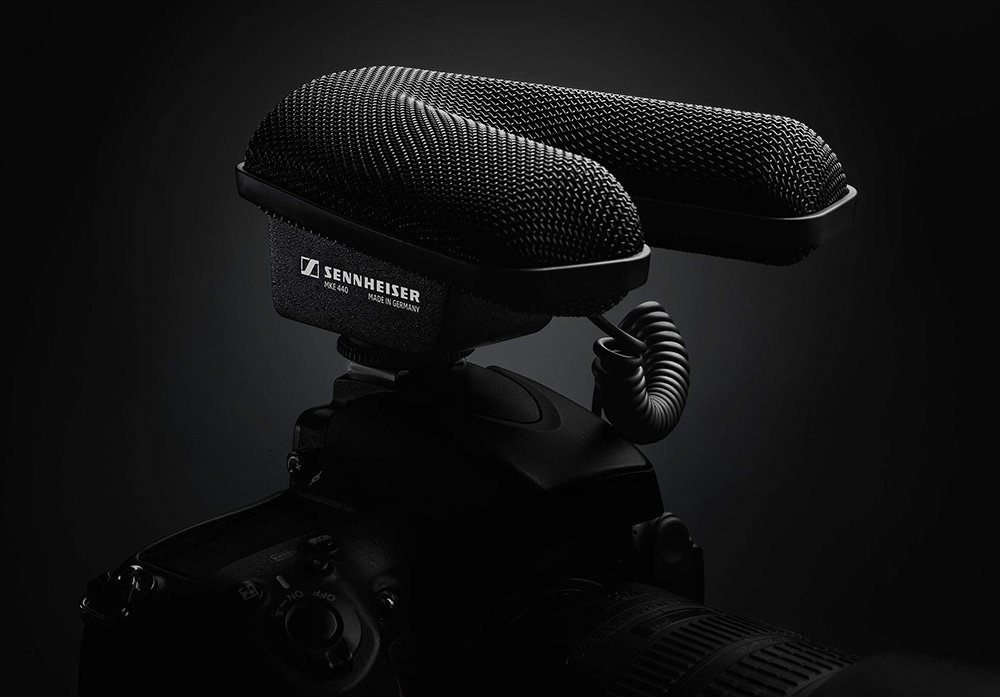
Should a mic be mono or stereo?
Mono microphones are almost always directional, hence them usually being referred to as shotgun mics. Their design means that they’re most sensitive to noise coming from the direction where they’re pointed and much less sensitive to noise from the sides and rear. This is important when recording dialogue for example, as the sound pickup is completely focused on your subject. Mono microphones can pick up sounds at a much greater distance than a stereo mic too, which could be very helpful depending on what you want to record.
Stereo microphones have two microphone elements – this gives you a wider pickup pattern that creates an immersive sound. This goes a long way when the range of audio you’re recording needs to be much wider. Stereo microphones can enhance any type of outdoor video as they capture a full range of sound, and they perfectly replicate what is being heard in the scene. Options like the Saramonic Vmic Mark II and the RODE Stereo VideoMic Pro help you capture that nice, broad sound.
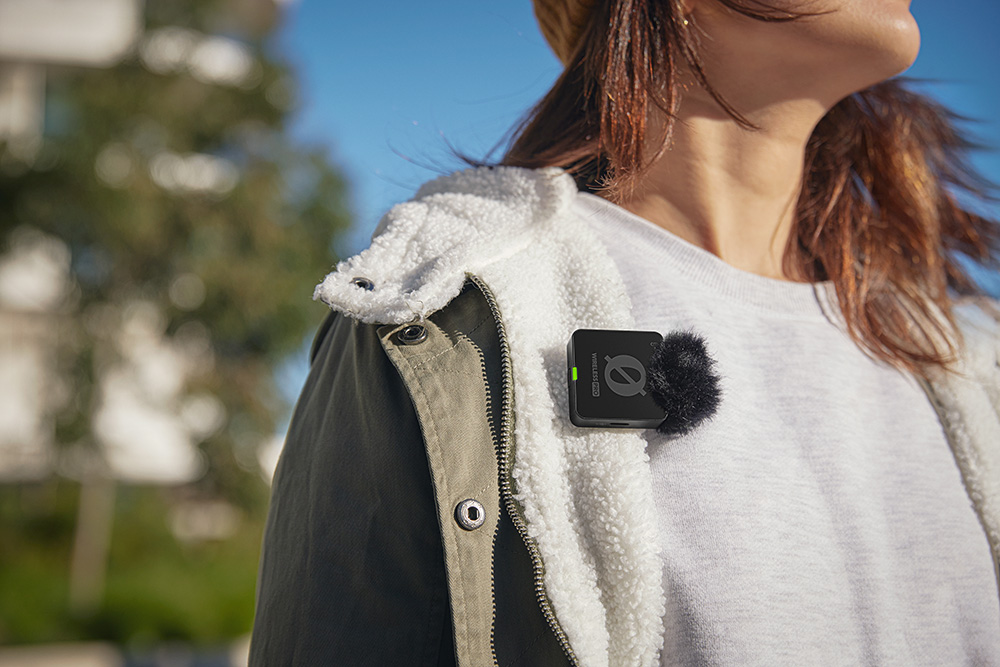
When choosing between a mono and stereo mic, you should consider the sound field that you intend to pick up. For instance, a mono mic is best used when you have a specific source of audio that you want to record, as they cut out sound that’s not directly on the microphone. These would be best for recording a specific subject’s voice, for instance. However, if you have a wider range of audio where you want to capture a much vaster field of sound, then a stereo mic is the way to go, as it captures all around the shot and, importantly, allows the reader to pick out the positions of sound sources in your video, which could make your videos more captivating and immersive. It could be helpful to use the analogy of a wide angle lens vs a telephoto lens – the wide-angle captures a much wider range of objects in your scene, so is similar to a stereo mic. Vice versa, if you want a close-up image of a specific subject in your shot, then you’d use a telephoto, which represents the effect of a mono shotgun mic.
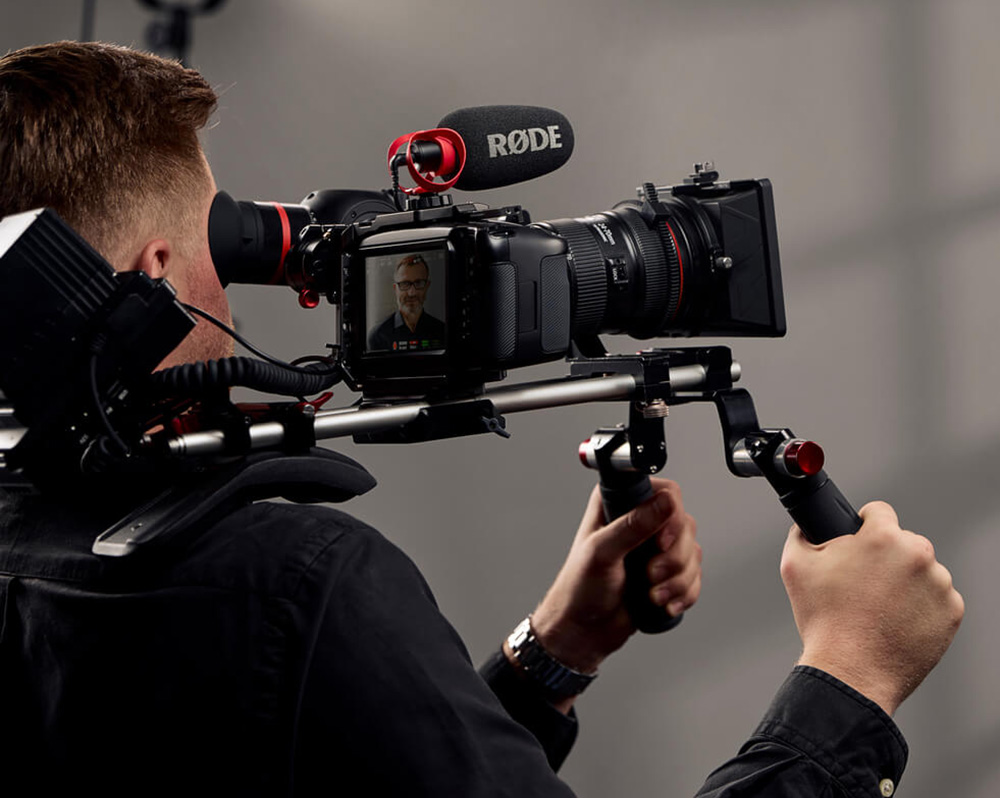
Best Professional Video Mic
Anyone looking to branch into more industry-standard options for their audio should look to the RODE VideoMic Pro+, with a best-in-class Rycote shock mount, ultra-low-noise operation, and much higher sensitivity. If you’re looking for the highest-grade microphone out there, for the most demanding of applications, you can turn to the RODE NTG5 for broadcast-level quality and robustness. With a revolutionary acoustic design, this highly directional model delivers a natural sound unlike any other shotgun mic. This choice is incredibly versatile – you can purchase a hot shoe mount for using it on-camera, you can handhold it, or even attach it to the end of a boom. RODE has done everything to ensure that the NTG5 is the perfect professional solution.
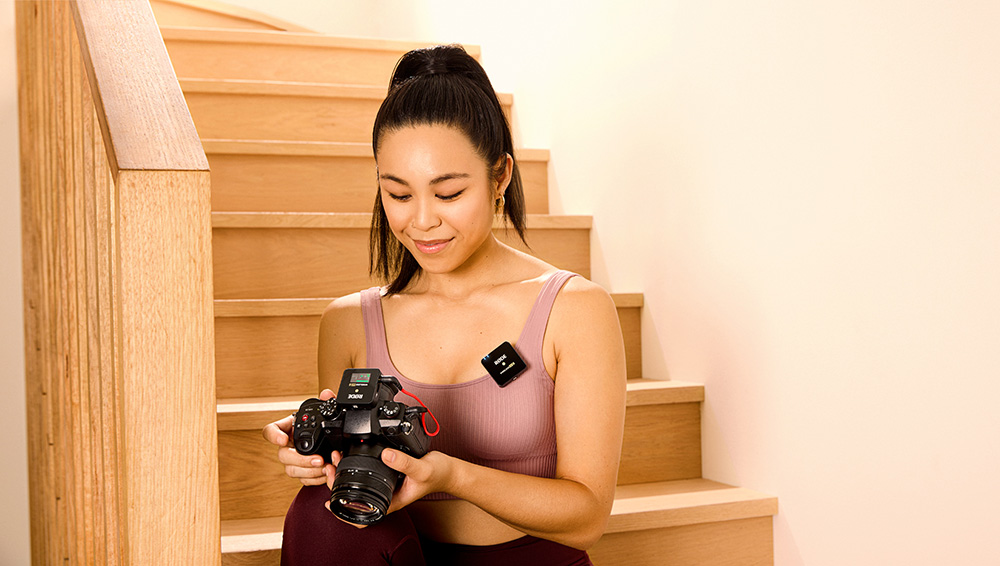
Best YouTube Microphone
Quality content is imperative to success on YouTube. By producing great videos, you’ll keep your viewers hooked and the algorithm will no doubt recommend your videos much more, turning your amateur YouTube productions into a full-time exploit. Implementing good audio with a strong YouTube microphone is one of the fastest ways to do it – without it, your videos lack impact and can seriously distract viewers.
Lavalier mics are arguably the easiest way to consistently record brilliant audio, regardless of your environment. While a shotgun mic may work wonders in a perfect setup, lav mics can be a cure-all when it comes to poor audio. The Wireless ME from RODE is a great entry-level microphone for YouTube – it pairs automatically and works seamlessly with both cameras and smartphones. It’s an incredibly quick way to step up your audio game.
For vloggers, the Rode VideoMicro II is a great way to significantly enhance your videos’ audio. As it’s ultra-compact at just 39 grams, and completely battery-independent, it’s perfect for beginners and mobile content creators. Rode’s VideoMicro and VideoMic GO series are both incredibly popular among those looking to bolster their content creation.
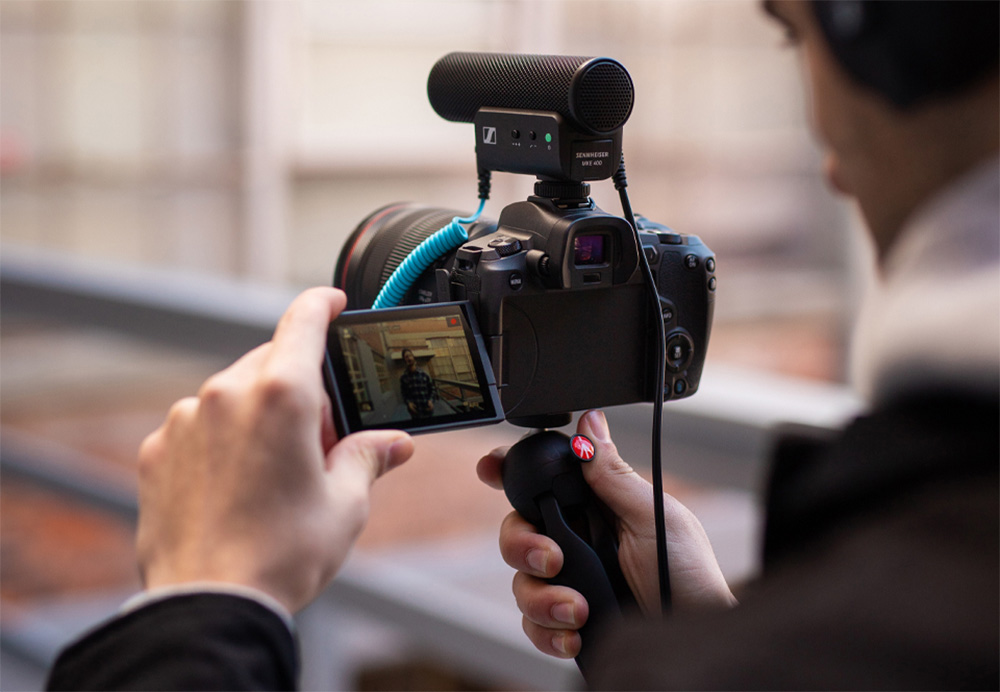
What microphone is good for outdoor recording?
Anyone looking to record outdoors has to base their choice on two factors – noise reduction and connectivity. Whether you’re doing TikTok street interviews, or you’re documenting your rural adventures, you’re going to have to combat both noise and interference.
To be heard from a large distance, a wireless lavalier mic could be the solution for your outdoor recordings. For instance, the DJI MIC has a tested wireless transmission range of 250m, so you can be certain that your connection will never drop out. You can pair this with a windshield to maximise your audio control in the windiest of environments – DJI’s set comes with furry windshields (more commonly referred to as ‘dead cats’) to reduce unwanted noise when out and about.
Powerful shotgun mic options like the Sennheiser MKE 600 work well too. Its clever design significantly reduces both internal noise and wind noise, while excelling at rejecting side noise, making it an ideal choice for a perfectly positioned shotgun microphone. Although this is a more advanced option, there’s no doubt that it will give you brilliant range and power when shooting outdoors.
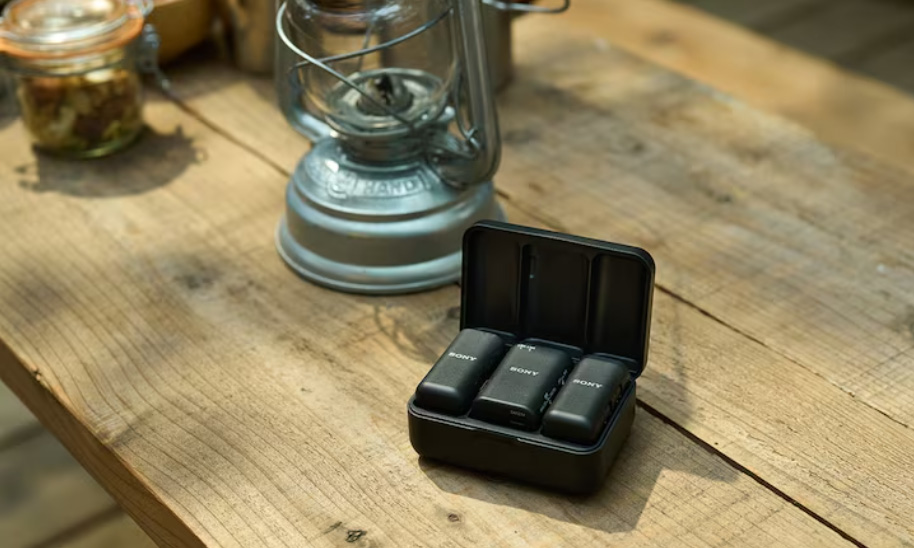
Best Sony Microphones
Sony is a manufacturer that sounds out. Alongside its stunning cameras and camcorders, TVs, headphones, smartphones, and more, its range of video microphones is incredibly exciting, and offers features unseen in any other range. They’re designed for Sony’s proprietary Multi Interface Shoe and don’t require an input cable nor a battery at all, so whether you’re using a Sony vlogging camera like the ZV-E10, or a cinema line body like the Sony FX30; their line of microphones will work brilliantly and with maximum efficiency.
Sony’s most affordable mic, the ECM-G1, is a great place to start. It’s a compact, no-nonsense choice that mounts to the top of your camera and captures great directional sound. The main appeal of this model is its size – it only weighs 34g, and fits into the palm of your hand.
A step up from this is the ECM-B1M - another shotgun mic, this choice focuses on capturing sound directly in front of it. However, one exciting feature of this model is the ability to adjust its directivity. Super-directional is used for the most directional sound, and then unidirectional, which captures all in-front, then omnidirectional, which captures 100% of the sound around it – including behind. This is hugely innovative to introduce versatility into any content creator’s kit. At the same time, it remains super compact. This mic is perfect for any YouTuber, vlogger, journalist, you name it.
If you’re looking for a wireless lav mic, the ECM-W3 has you covered. Not only do the two wireless transmitters have a range of 150m each, but the receiver itself can be used to record audio as well. This makes for a hugely versatile setup – the receiver can be left on the camera’s hot shoe, or even used as a handheld mic. Furthermore, you can combine each wireless transmitter with the ECM-LV1 that turns the transmitter into a professional, discreet lav mic.
Park Cameras stocks a wide variety of all the best video microphones from the world’s leading manufacturers. Whether you’re just getting started, or you’re an experienced pro, we’ll have something for all your audio-visual needs.
Share this post:
By Thom Pyle on 11/12/2023

Trade in your old equipment
Fast and easy trade in service ensures your old gear is collected efficiently and you are paid quickly! It's very simple to trade in your unwanted photography gear. Just head over to our dedicated Sell or Part Exchange page, fill out the details, and we'll get back to you with an offer for your old gear. Take the cash, or put it towards the cost of your new gear. It's up to you! Find out more
sign up to the newsletter
Keep up to date on the latest photography news, events and offers. Sign up now
